Propagating African Violets: Tips For Easy African Violet Propagation
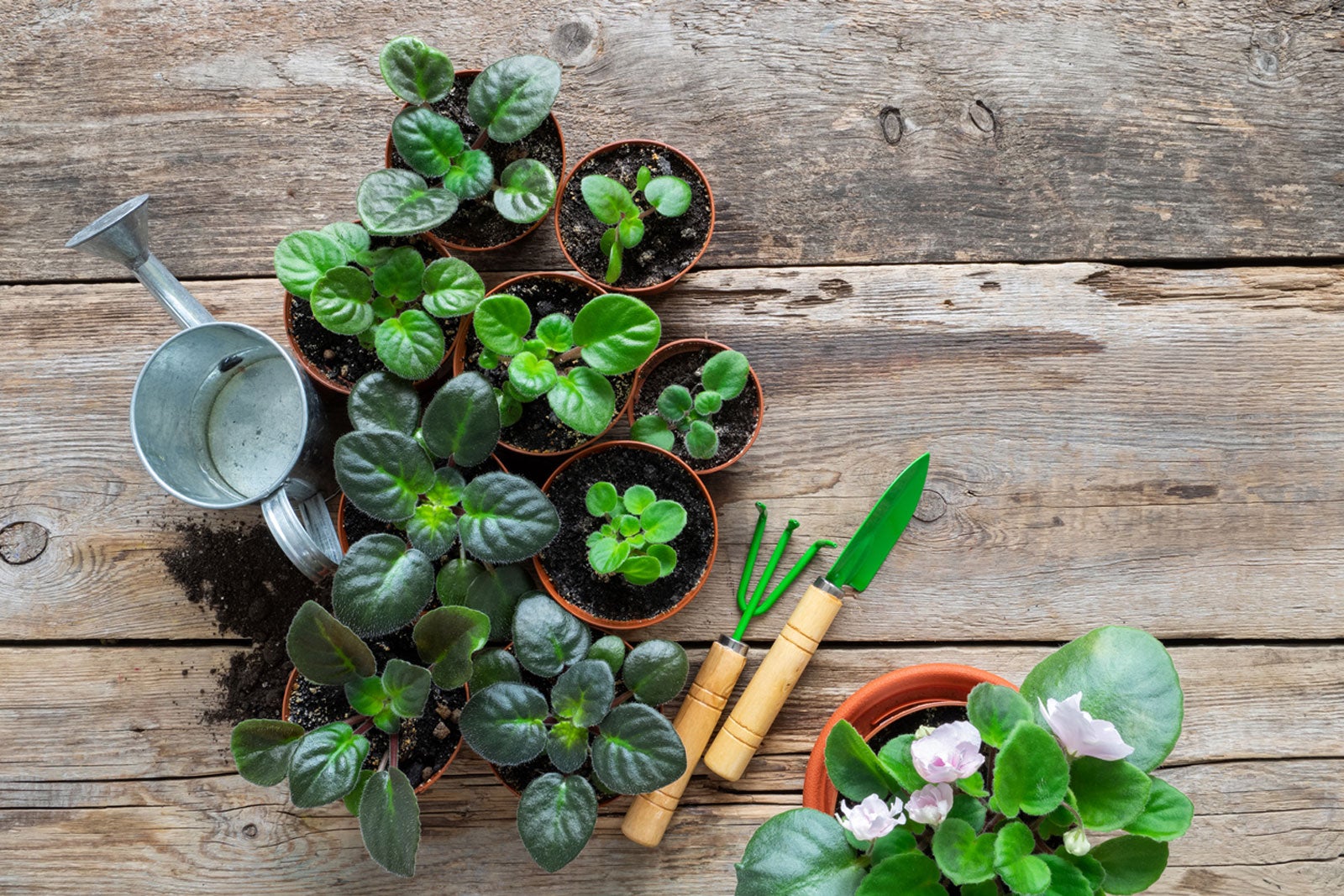

Delicate, fuzzy-leafed African violets are exotic, agreeable plants with flowers that come in a wide range of pinks to purples. They always lend a soft touch of bright color and coziness to any room. Do you find yourself wanting more African violets? No need to go buy new plants…they’re easy and fun to propagate. Once you understand how simple it is to propagate African violets, it’s easy to become a bit obsessed with them.
Propagating African Violets from Seed
You can propagate African violets from seed, but it does require a couple of specific conditions. To sprout these tiny seeds, it’s good to use a light soil mixture of peat, vermiculite and greensand. A bit of Epsom salt can help to lighten the soil even more. It’s important that you have a warm space, so make sure your room temperature is between 65- and 75-degrees Fahrenheit (18-24 C.). This should also be the temperature of your soil for optimal sprouting. Your seeds should germinate in 8 to 14 days.
Growing African Violets from Leaf Cuttings
Propagating African violets from leaf cuttings is the most popular method because it’s so easy and successful. Plan to do this project in the spring. Using a sterile knife or scissors, remove a healthy leaf along with its stem from the base of the plant. Trim the stem down to about 1-1.5 inches (2.5-3.8 cm.). You may want to dip the tip of the stem into some rooting hormone. Place the cutting in a one-inch deep (2.5 cm) hole in potting soil. Press the soil firmly around it and water thoroughly with tepid water. It’s a good idea to create a little greenhouse environment for your cutting by covering the pot with a plastic bag and securing it with a rubber band, being sure to give the cutting some occasional fresh air. Place the pot in a sunny location, keeping the soil just moist. Roots will usually form in 3 to 4 weeks. The leaves of new little plants usually appear in 6 to 8 weeks. You should see several plants form at the base the cutting. Separate the small new plants by carefully pulling or cutting them apart. Each of them will give you a brand new plant.
Dividing African Violet Plants
Separating plants is another method of easy African violet propagation. Using the division technique involves cutting the crown from the plant or separating the pups, or suckers, from a plant, making sure that each portion you’ve cut away has a piece of the main plant’s root system. This is great if your African violets have grown too large for their pots. Each piece can be planted its own pot with suitable African violet potting soil mix to instantly multiply your collection of African violets. It’s fun to see your home propagated seedlings turn into full sized, flowering plants. Propagating African violets is a great pastime for people who love them. It’s fun to add to your houseplant collection with these attractive and easy-care plants. They’re so simple to propagate, you can easily fill a sunlit room or office space with them.
Gardening tips, videos, info and more delivered right to your inbox!
Sign up for the Gardening Know How newsletter today and receive a free copy of our e-book "How to Grow Delicious Tomatoes".

Caroline Bloomfield is Manager of Marketing Communications at Gardening Know How since 2019. A northwest native, she has resided and gardened in multiple zones in the U.S. and is currently at home in Bandon, Oregon. Writing and editing for various publications since 1998, her BA in American Studies from Southern Maine University includes an emphasis in English. She was raised in California by avid gardeners and continues to enjoy the natural world with an appreciation for the concepts of sustainability and organic care for the planet.
-
 Looking For Plants To Give You The Soft And Fuzzies? Try These 5 Fuzzy Leaf Plant Options
Looking For Plants To Give You The Soft And Fuzzies? Try These 5 Fuzzy Leaf Plant OptionsLovers of texture, drama, silver foliage and tactile plants will adore these special sensory garden additions. These fuzzy leaf plant options will leave you all aglow
By Susan Albert
-
 Get Ready For A Summer Of Hummers! Grow These Full Sun Hummingbird Plants and Flowers
Get Ready For A Summer Of Hummers! Grow These Full Sun Hummingbird Plants and FlowersIf you’re lucky enough to enjoy a sunny backyard, make sure you are maxing out on your pollinator opportunities and grow these full sun hummingbird plants and flowers
By Tonya Barnett
-
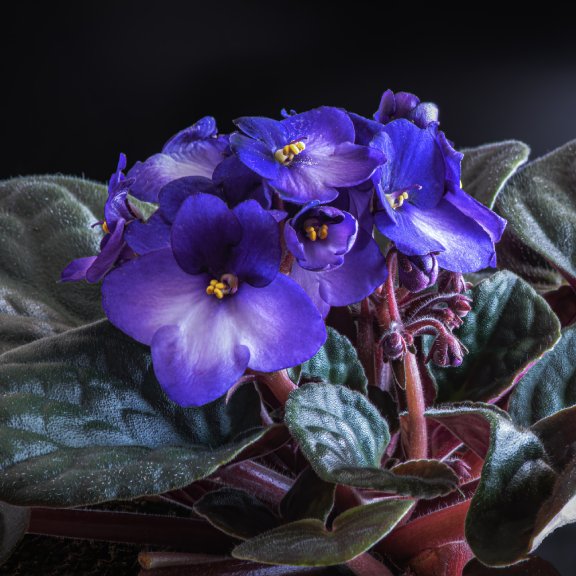 African Violets: Complete Care And Growing Guide
African Violets: Complete Care And Growing GuideFor people who love these sweet plants, African violet care is easy and fun. Knowing what they need is the key.
By Mary Ellen Ellis
-
 What Are Episcia Plants – Learn About Caring For Episcia Varieties
What Are Episcia Plants – Learn About Caring For Episcia VarietiesGrowing Episcia plants adds eye catching appeal to household décor. These colorful houseplants can test the hand of the most experienced green thumb.
By Laura Miller
-
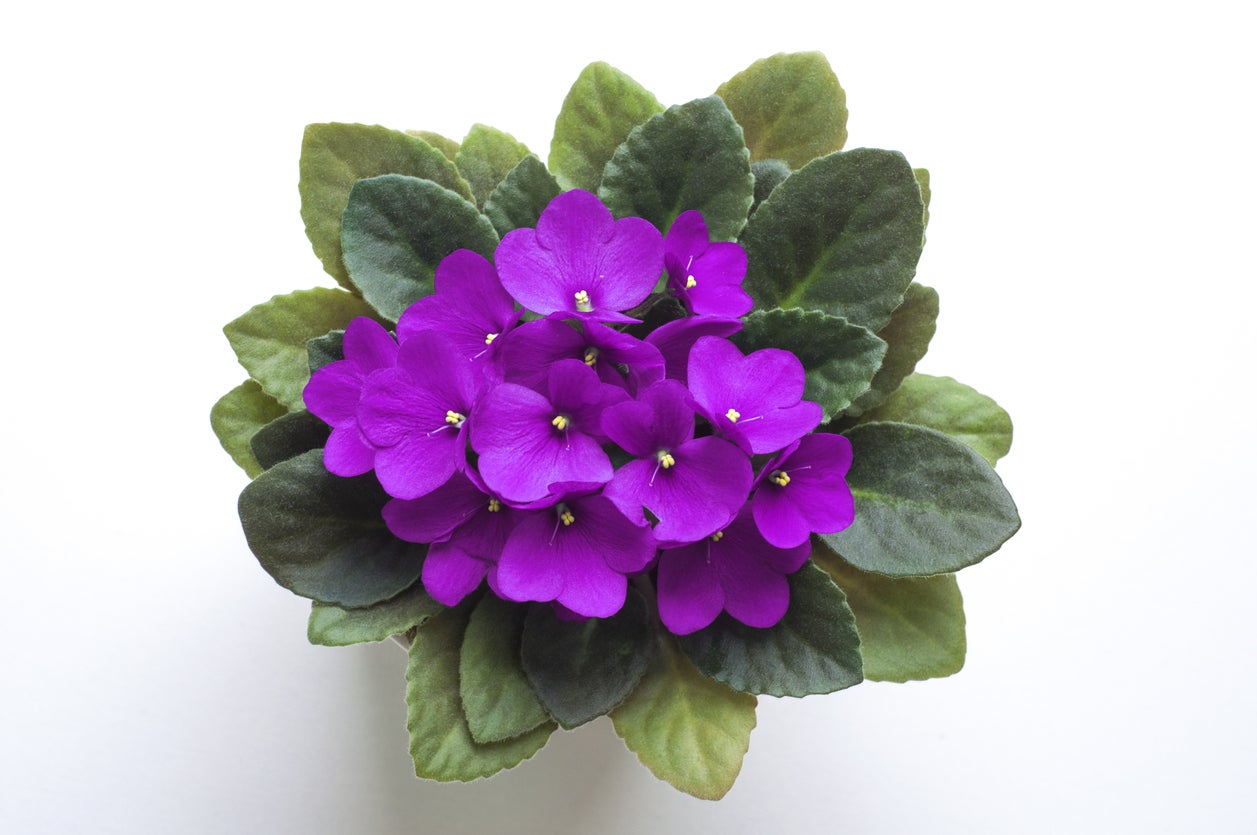 African Violet Flowering Needs: Tips For Getting African Violets To Bloom
African Violet Flowering Needs: Tips For Getting African Violets To BloomMost African violets are sold when flowering. After that, people can have trouble getting them to bloom. What should you do if your African violate won’t flower? Click here for info on African violet flowering needs and tips on how to make African violets bloom again.
By Teo Spengler
-
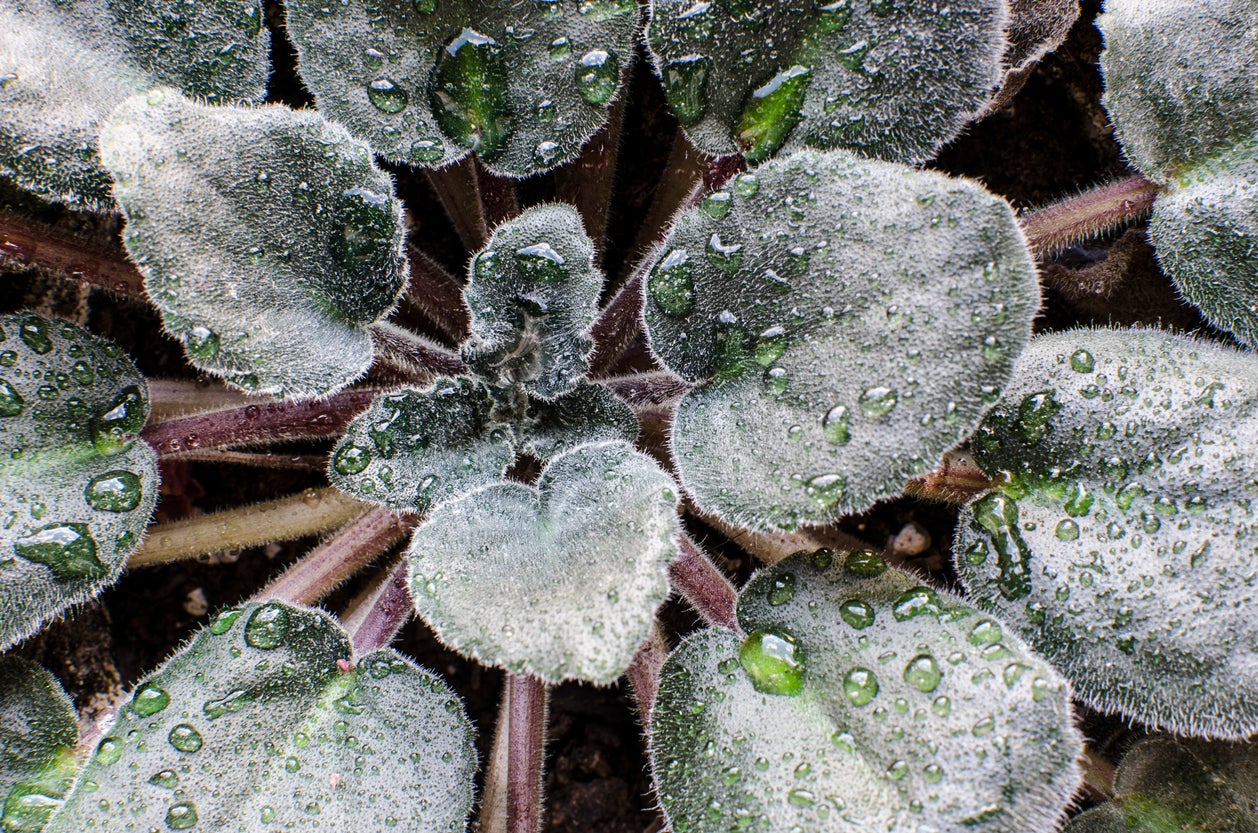 African Violet Watering Guide: How To Water An African Violet Plant
African Violet Watering Guide: How To Water An African Violet PlantWatering African violets isn’t as complicated as you may think. Actually, these charming, old-fashioned plants are surprisingly adaptable and easy to get along with. Wondering how to water an African violet? Click here to learn more about African violet water needs.
By Mary H. Dyer
-
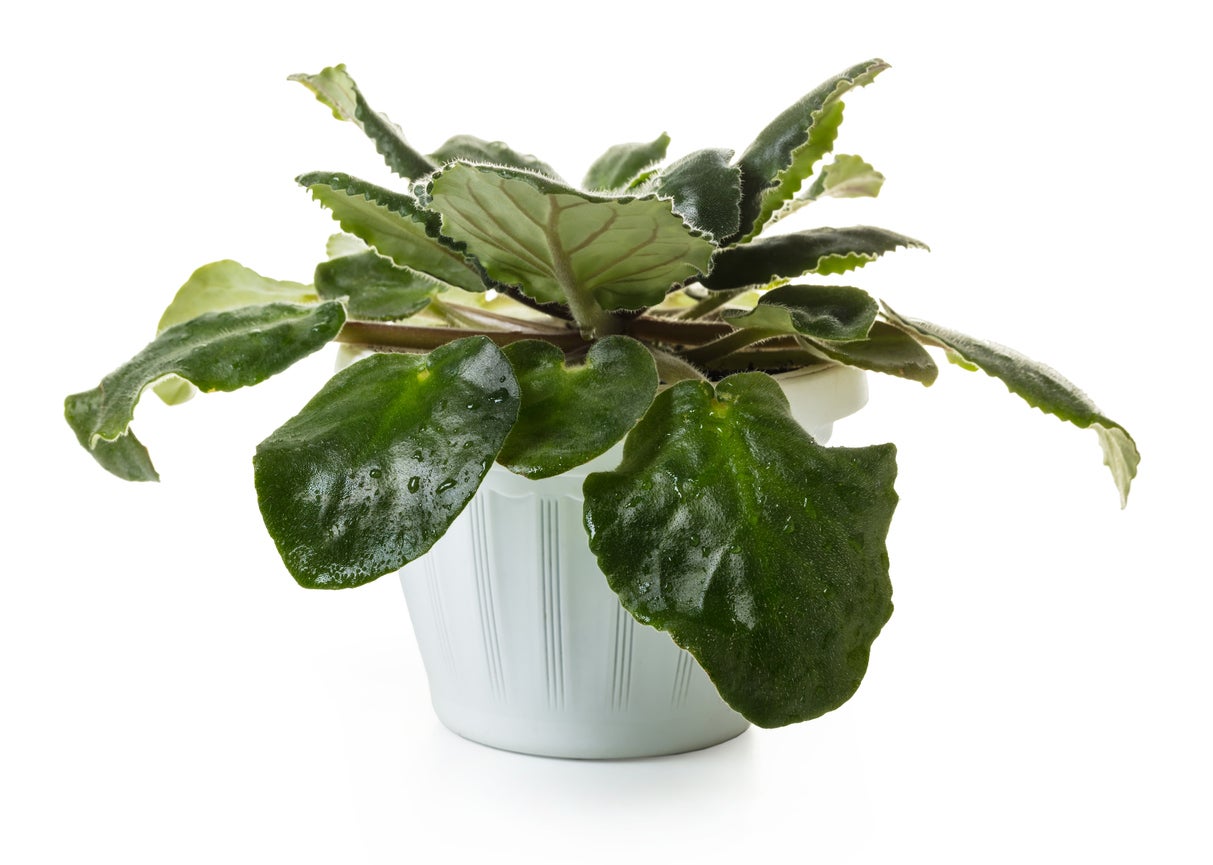 African Violet Leaves Are Curling – What Do Curling African Violet Leaves Mean
African Violet Leaves Are Curling – What Do Curling African Violet Leaves MeanAfrican violets are among the most popular flowering houseplants. But there can be issues with these houseplants. If your African violet leaves are curling, there are a few potential causes and easy solutions. Click this article for more information.
By Mary Ellen Ellis
-
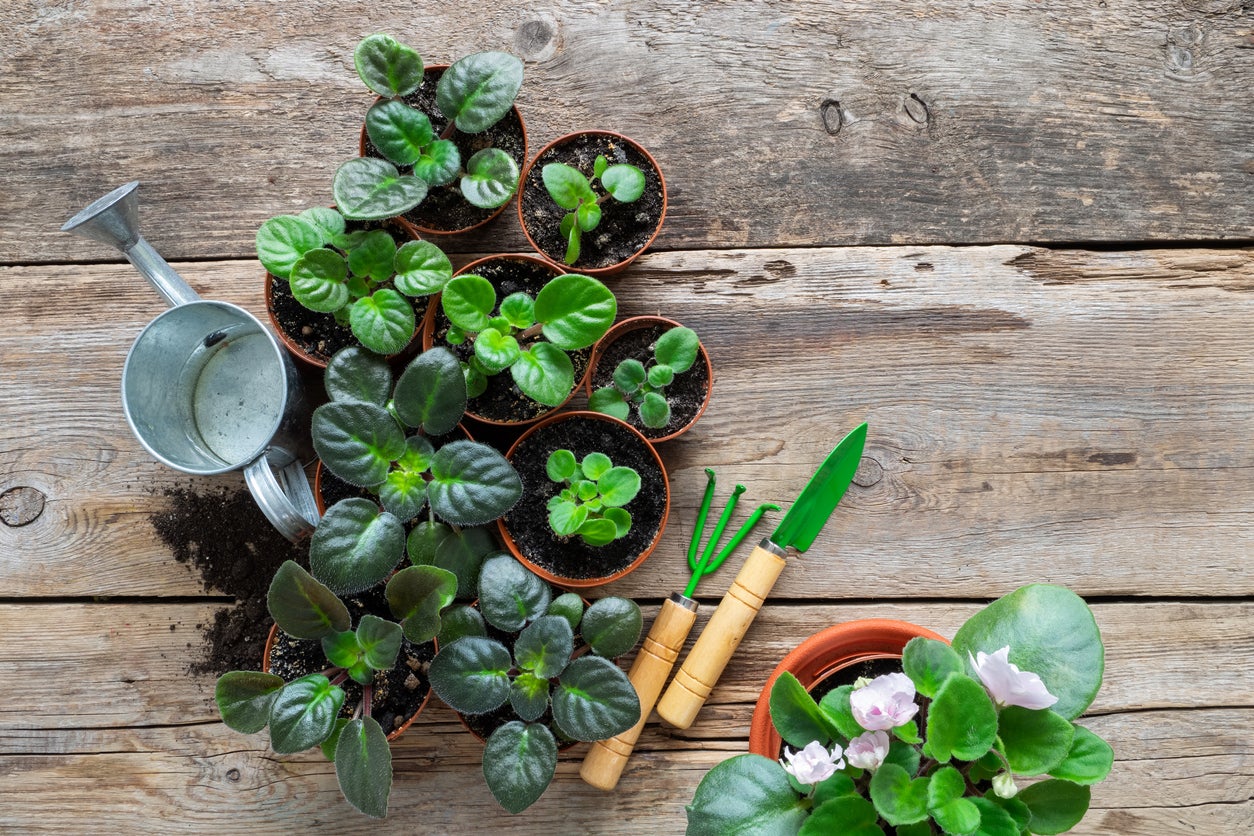 African Violet Repotting – How To Repot African Violets
African Violet Repotting – How To Repot African VioletsAfrican violets can live a long time, as long as 50 years! To get them there, you need to provide good care which includes repotting African violets. The trick is knowing when to repot an African violet and what soil and container size to use. This article will help with that.
By Bonnie L. Grant
-
African Violet Nematode Control: Treating Root Knot Nematodes In African Violet
Nematodes of African violet are tiny worms that infest the roots. They are extremely destructive. For information about African violet root knot nematodes, click this article. We’ll also give you tips on African violet nematode control.
By Teo Spengler
-
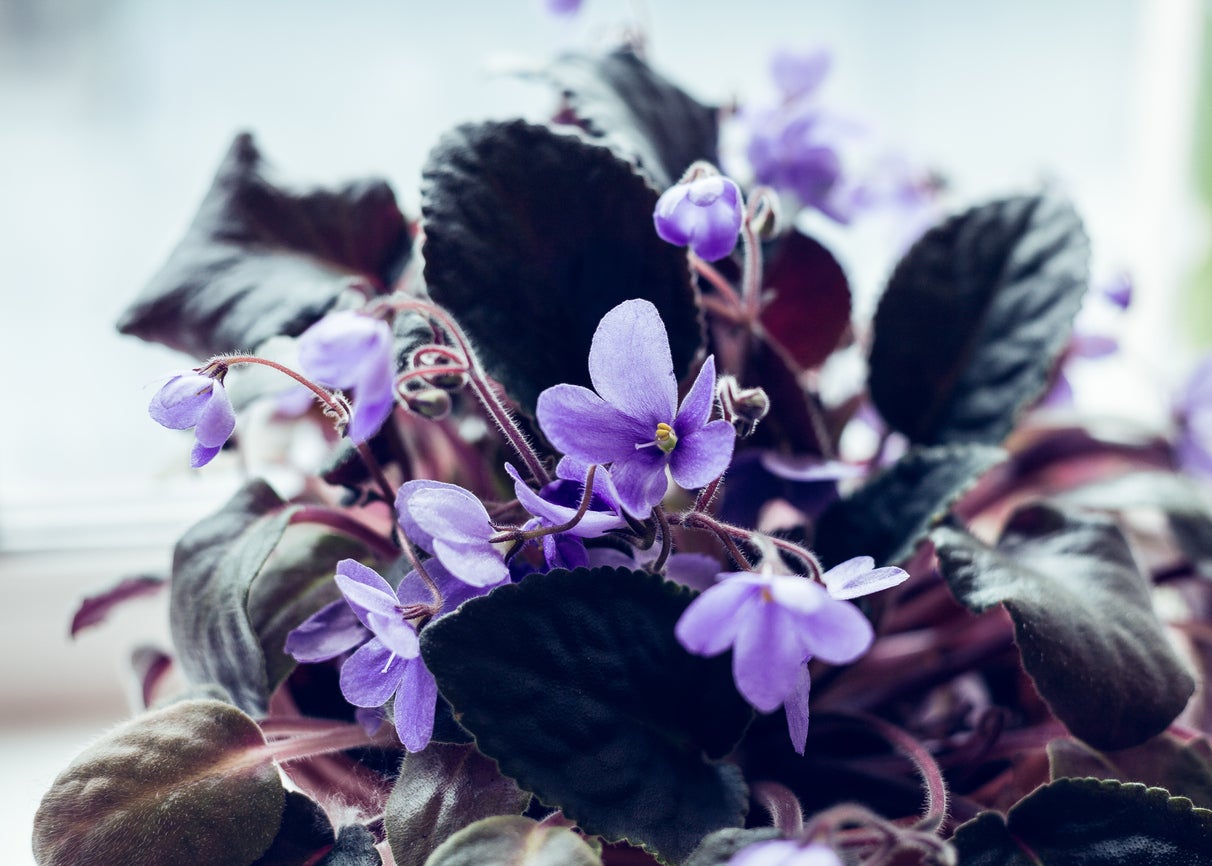 Fertilizing African Violets – Learn How To Feed African Violet Plants
Fertilizing African Violets – Learn How To Feed African Violet PlantsThere are just a few straightforward rules for growing African violets. Water and light needs are two of these, but just as important is how to feed African violet plants. Click on the following article to learn more about African violet feeding.
By Bonnie L. Grant